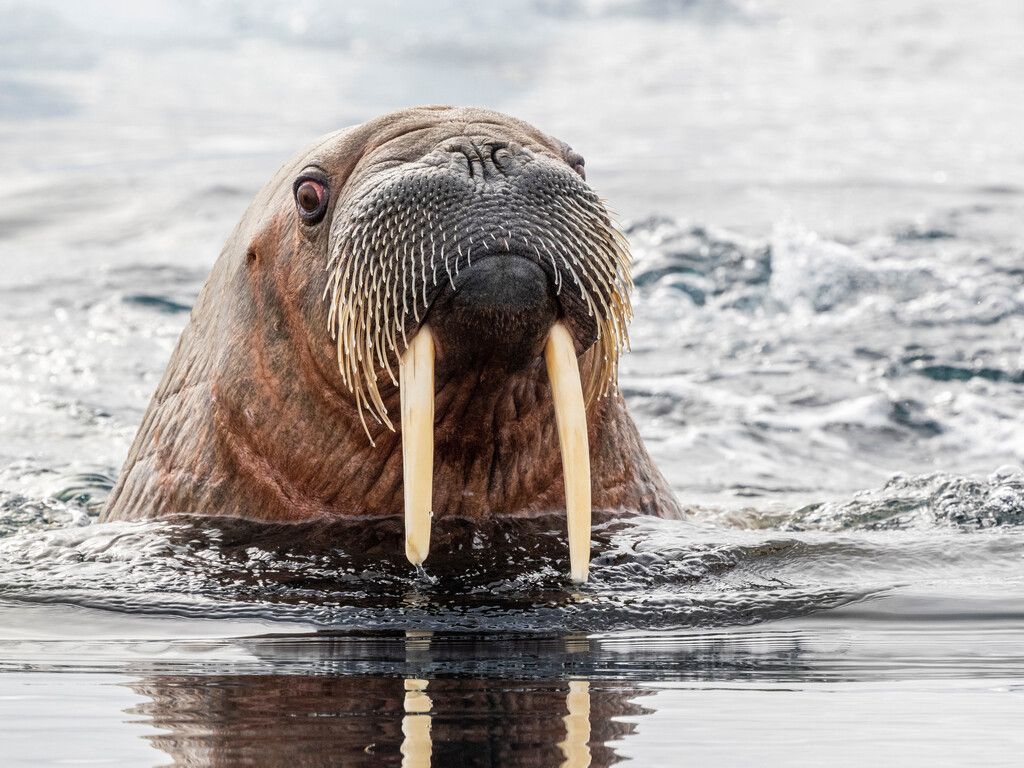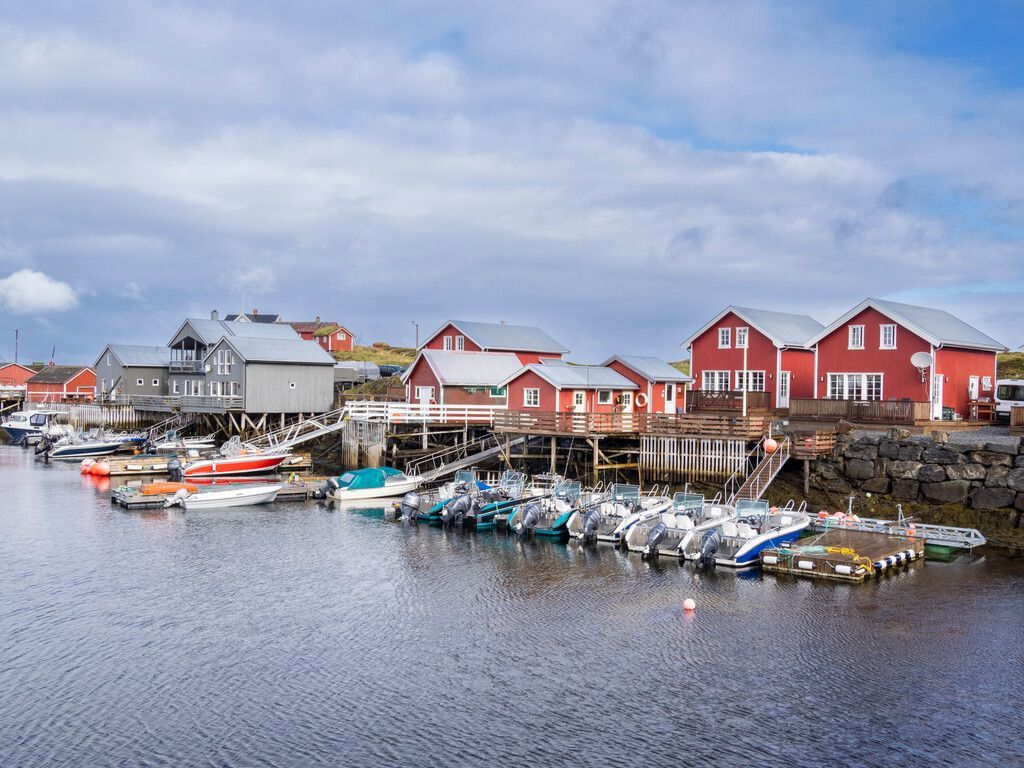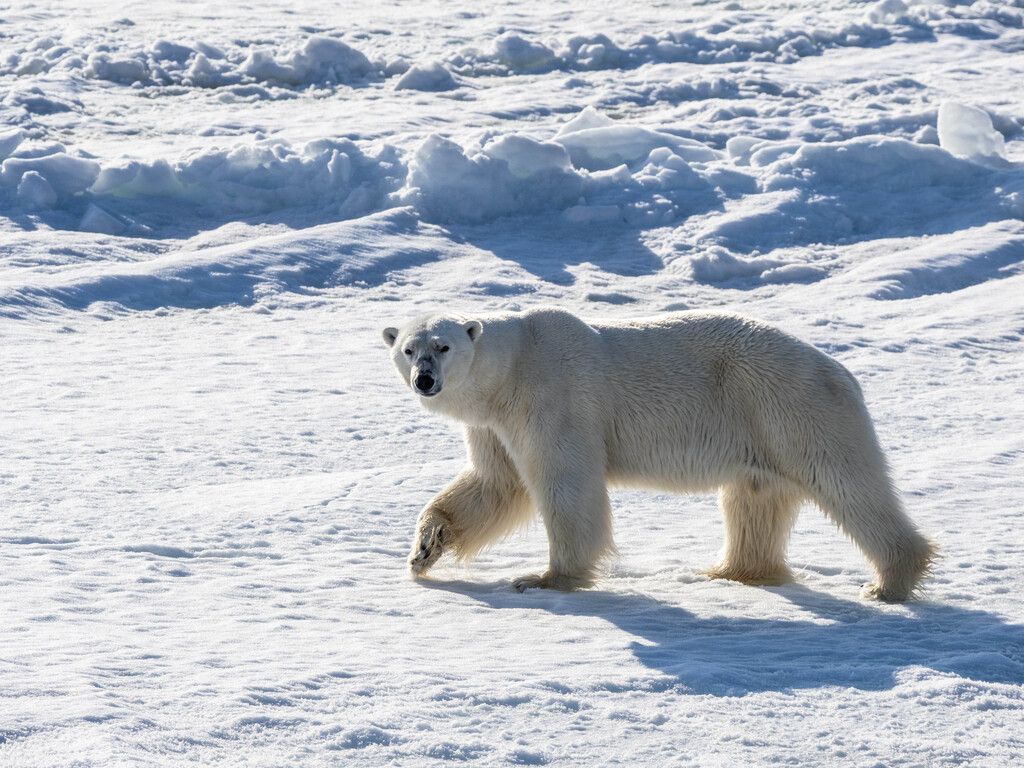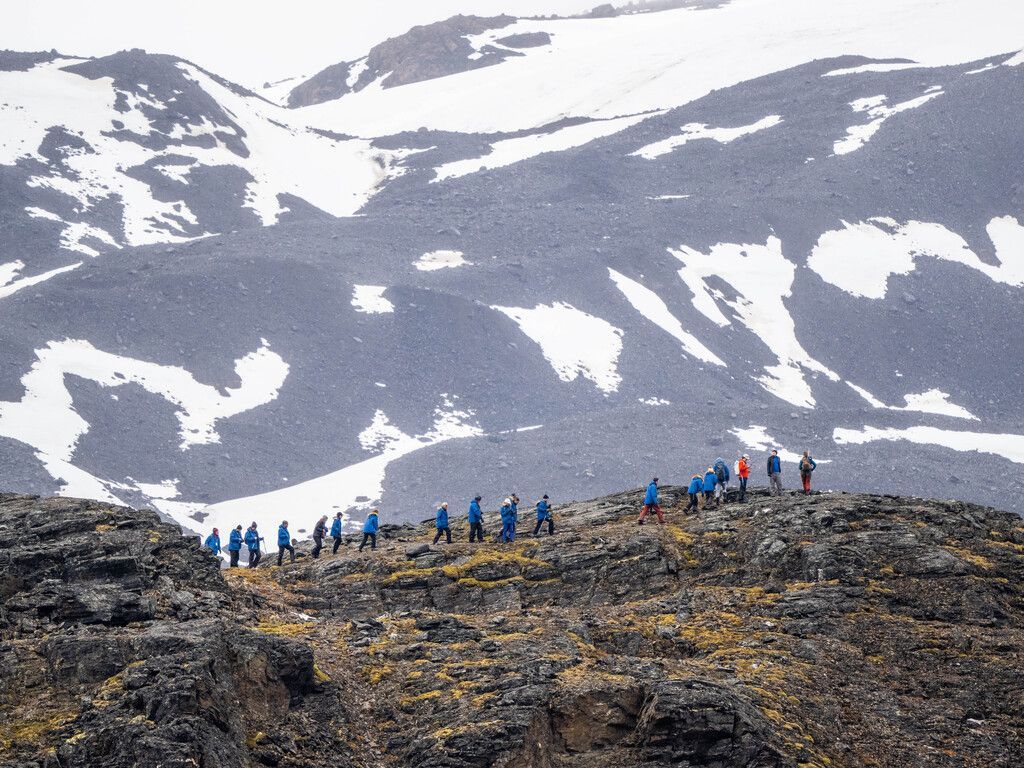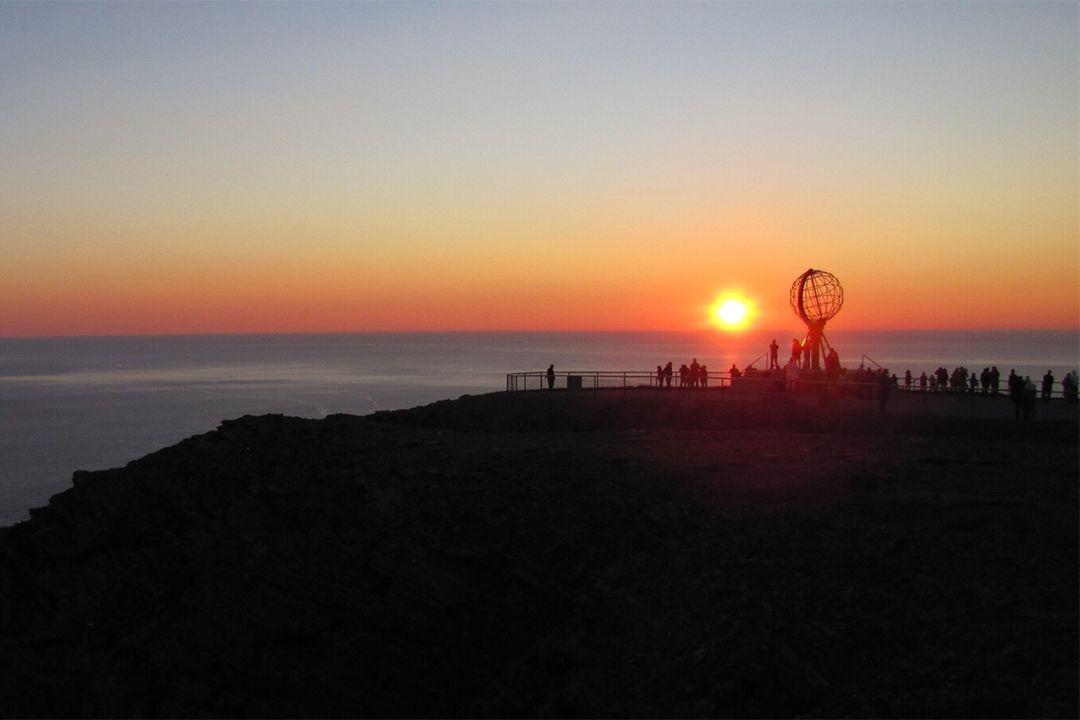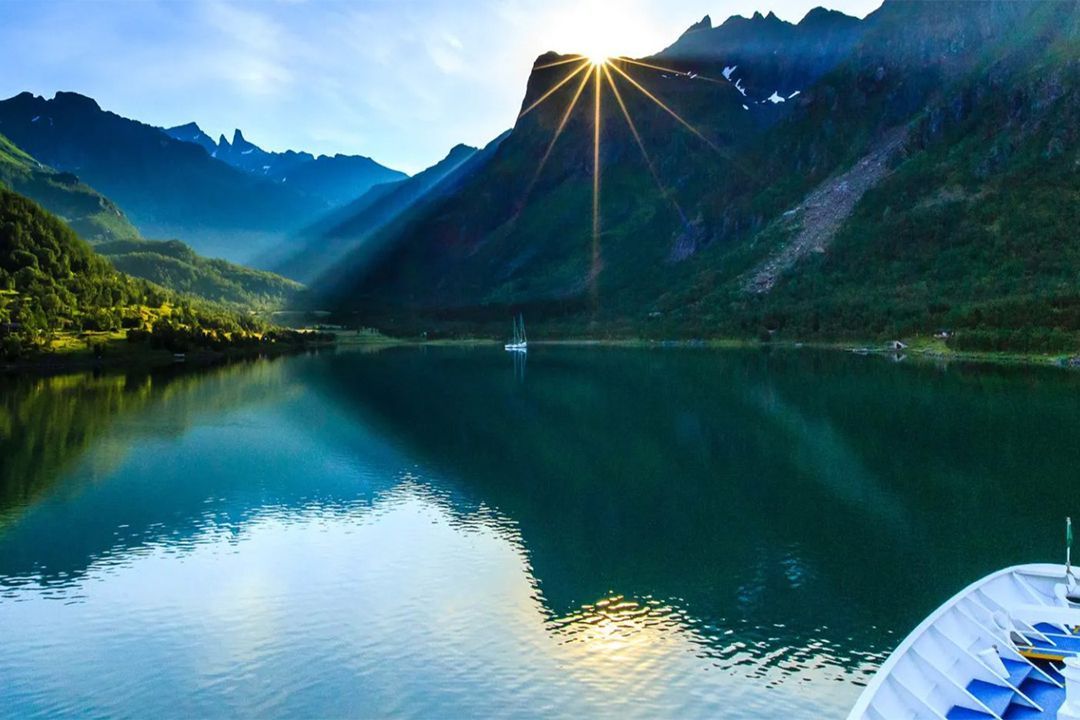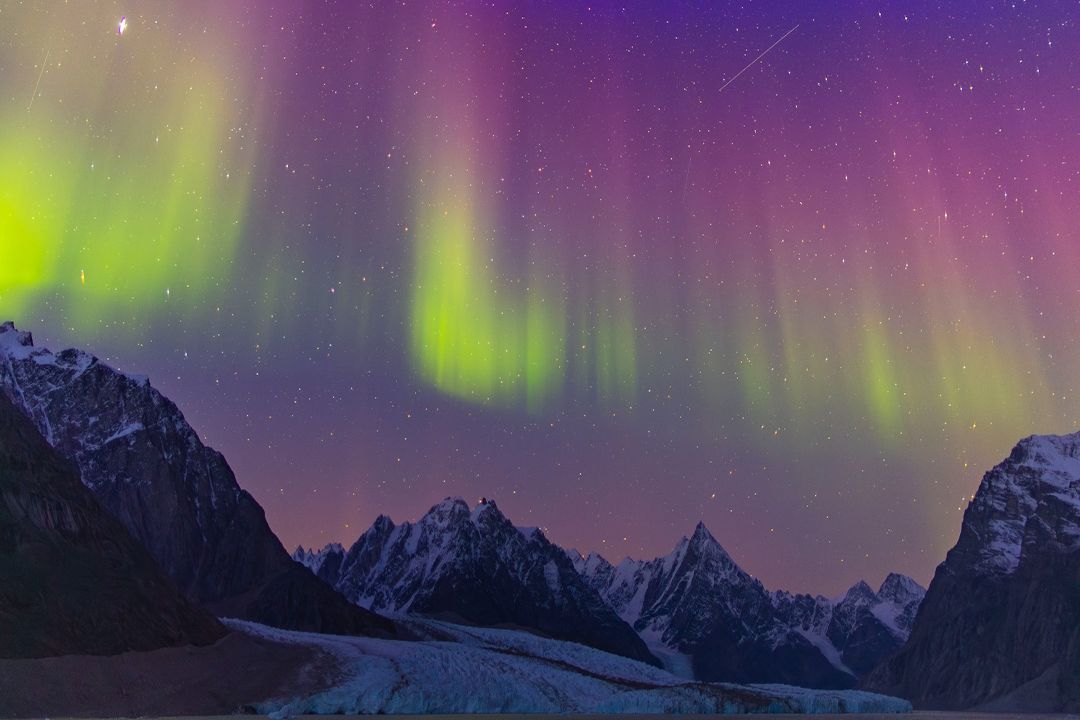The Arctic
The Arctic, with its vast icy landscapes, majestic glaciers, and pristine wilderness, is a realm of untamed beauty that provides a dramatic backdrop for unforgettable experiences. Its unique ecosystems and indigenous cultures are becoming more accessible to tourists, attracting those eager to witness one of the planet's most remarkable areas.
Adventurers can partake in various activities, from wildlife watching to ice fishing, as they immerse themselves in the rich traditions of Arctic communities. Whether travelers are seeking the awe-inspiring sight of polar bears on the tundra, the beauty of vibrant auroras dancing across the night sky, or the thrill of exploring remote fjords, the Arctic offers not only adventure but also a chance to reflect on conservation and sustainability.
Canadian Arctic
The Canadian Arctic is known for its dramatic landscapes, including towering glaciers and vast tundra. It is home to several indigenous communities, offering travelers a chance to engage with rich traditions and learn about the culture and lifestyle of the Inuit. Popular activities include polar bear viewing in Churchill, Manitoba, and exploring the remote landscapes of Auyuittuq National Park in Nunavut.
Alaskan Arctic
The Alaskan Arctic offers an enchanting blend of rugged wilderness and rich indigenous culture. Visitors can experience various activities, including kayaking among icebergs, wildlife viewing such as grizzly bears and migrating whales, and immersion in Native Alaskan cultures. They will also have opportunities to experience the midnight sun and northern lights.
Scandinavian Arctic
The Scandinavian Arctic, particularly the Svalbard archipelago, offers a unique blend of natural beauty and rich history. Tourists can explore dramatic fjords, iconic glaciers, and charming coastal towns like Longyearbyen, while engaging in dog sledding, glacier hiking, and witnessing the northern lights. Additionally, visitors can learn about the area's whaling history and polar exploration, creating an educational experience alongside adventure.
When To Go
Choosing the best time to visit the Arctic depends on what you wish to experience. Summer is the ideal season for wildlife viewing, as animals are active, making it perfect for spotting polar bears, seals, and migratory birds. The temperature is milder, and in most places, the sun doesn't set, providing extended daylight, which enhances outdoor activities. Autumn colors transform the tundra into beautiful shades of red and gold, creating breathtaking landscapes. The nights grow longer, increasing the chances of catching the Northern Lights by late September and October. This is a great time to observe wildlife, as many birds and other species migrate for the winter. Winters are extremely cold, limiting outdoor activities. However, given the long, dark days, the chances of spotting the Northern Lights significantly increase. For the truly adventurous, dog sledding and snowshoeing are always options. Spring is another transition period as wildlife returns with the lengthening days.
Travel Options
Depending on which part of the Arctic you want to visit, the options for getting there will differ. While you can fly to certain areas of Alaska, Canada, or Norway to go beyond the Arctic Circle, the most popular choice is to join an expedition cruise. Many cruise companies offer small ship cruises in these regions during the summer season. Norwegian cruise lines also provide winter cruises specifically to watch the Northern Lights.


